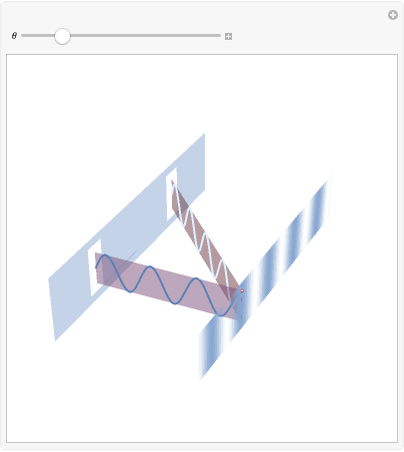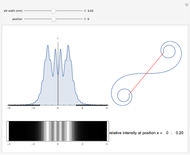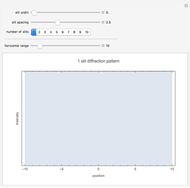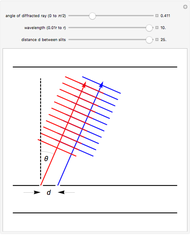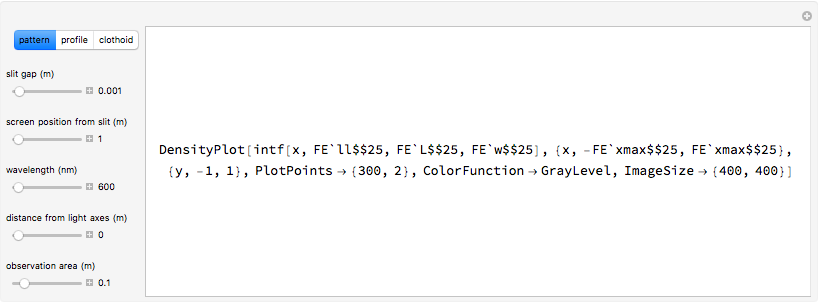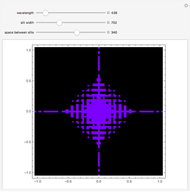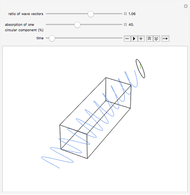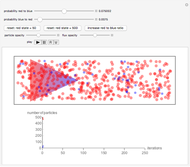Interference in Diffraction Grating Beams

Requires a Wolfram Notebook System
Interact on desktop, mobile and cloud with the free Wolfram Player or other Wolfram Language products.
This Demonstration shows how a diffraction beam is formed by positive interference of a series of sine waves. You can change the number of waves and vary the phase increment between the component sine waves. This simulates the progressive difference in path length from components originating at different slits on a grating. Most phase increments (corresponding to different angles of the beam) result only in destructive interference, which explains the existence of a set of discrete diffraction angles.
Contributed by: William Stewart (December 2012)
Open content licensed under CC BY-NC-SA
Snapshots
Details
Start with four waves and observe their destructive interference. As you increase the number of waves, there are more possibilities for destructive interference compared to constructive interference conditions. Is this similar to a noise signal with random phases? Also, remember, with a real grating you are observing intensity, which is proportional to the square of the electric field.
Permanent Citation
"Interference in Diffraction Grating Beams"
http://demonstrations.wolfram.com/InterferenceInDiffractionGratingBeams/
Wolfram Demonstrations Project
Published: December 2 2012







